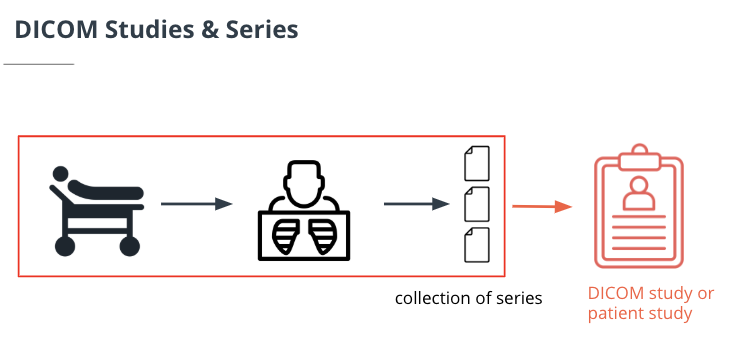03. DICOM Standard
DICOM Standard
ND320 C2 L2 05 The DICOM Standard And 2D Imaging Video Pt 1
ND320 C2 L2 06 The DICOM Standard And 2D Imaging Video Pt 2


Summary
DICOM
DICOM is short for “Digital Imaging and Communications in Medicine”, which is the standard for the communication and management of medical imaging information and related data. It was developed by the American College of Radiologists in 1993 to allow for interoperability.
DICOM ensures the "interoperability" of medical imaging systems by making it easier to perform the following actions on medical images:
- Produce, Store, Display, Send, Query, Process, Retrieve, Print
By using DICOM, one can get derived structured documents and manage the related workflow more conveniently.
DICOM files are a medical imaging file that is in the format that conforms to the DICOM standard.
A DICOM file contains information about the imaging acquisition method, the actual medical images, and patient information. It has a header component that contains information about the acquired image and an image component that is a set of pixel data representing the actual images
Protected Health Information (PHI) is part of DICOM and clinical data and radiologist report are not part of DICOM
DICOM studies and series
With 2D imaging, a single 2D image is known as a single DICOM series. All image series combined comprise a study of the patient, known as a DICOM study.
Official Resources
- DICOM Standard Documentation - Read the DICOM Introduction and Overview
- Read the Key Concepts, and Using DICOM